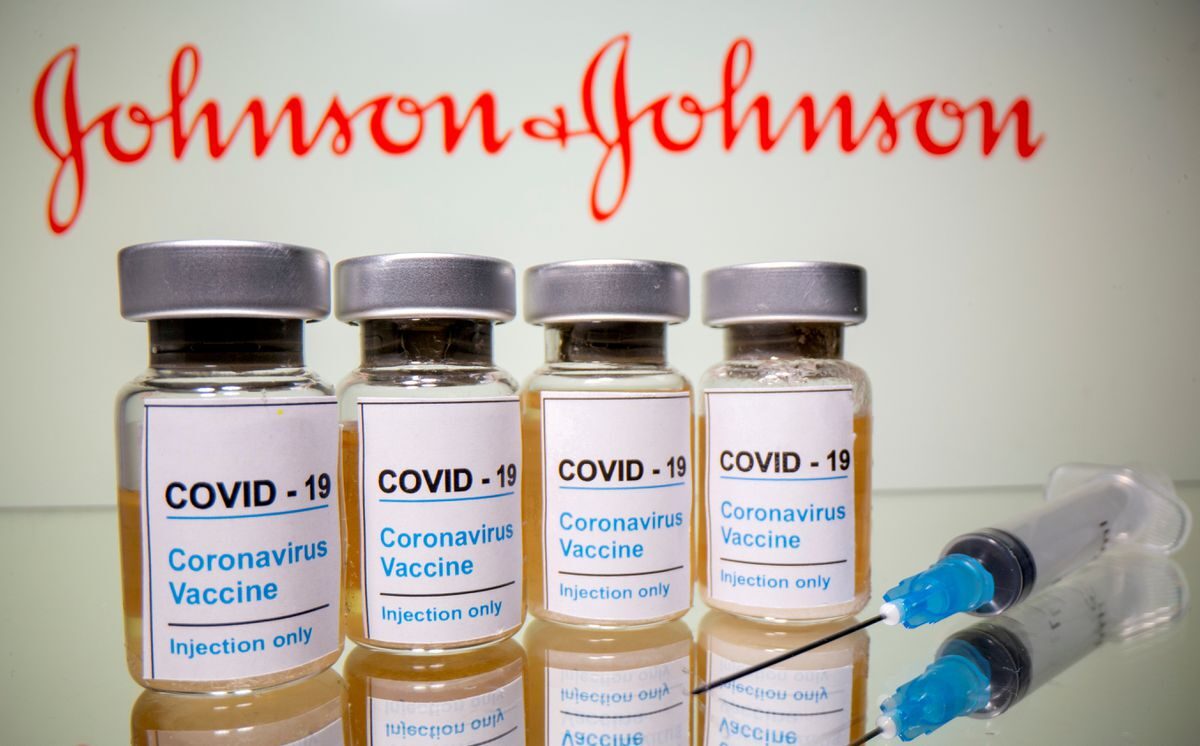
Det Europæiske Lægemiddelagentur anbefalede også, at immuntrombocytopeni (ITP), en blødningsforstyrrelse forårsaget af kroppen ved en fejl ved at angribe blodplader, tilføjes som en bivirkning med en ukendt hyppighed til J&J -vaccinens produktinformation og til AstraZenecas vaccine.
J&J sagde, at selvom chancerne for at opleve disse forhold var meget lave, ville produktoplysningerne blive opdateret i overensstemmelse hermed, da de fortsat arbejder tæt sammen med myndigheder, herunder EMA.
Kommentar: Delvist oversat af Sott.net fra EU finds J&J COVID shot possibly linked to another rare clotting condition
"We strongly support raising awareness of the signs and symptoms of rare events to ensure they can be quickly identified and effectively treated," the company said.
Both the J&J and AstraZeneca vaccines have previously been associated with a very rare combination of blood clotting and low platelet counts known as thrombosis with thrombocytopenia syndrome (TTS).
The two products are based on harmless vector viruses that instruct human cells to make a protein that primes the immune system against future coronavirus infections.
EMA said the new, possibly life-threatening clotting condition known as venous thromboembolism (VTE) to be included on the J&J product label was separate from TTS.
VTE typically begins by a clot forming in a vein of a leg, arm or groin, which then travels to the lungs and blocks the blood supply there.
Regardless of any vaccine use, VTE is most commonly caused by injury or lack of movement in bedridden patients. Birth control pills and a number of chronic conditions are also seen as risk factors.



Kommentar: See also: